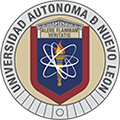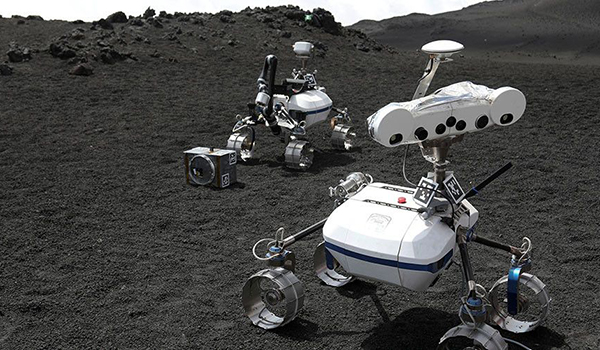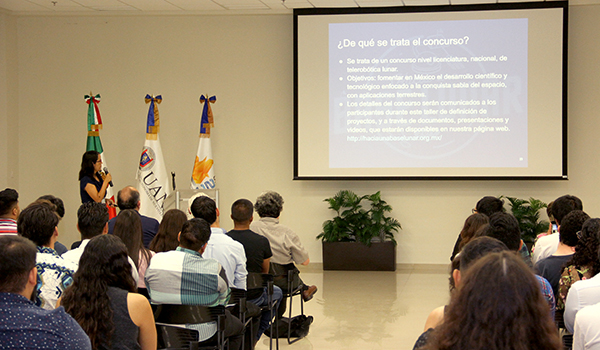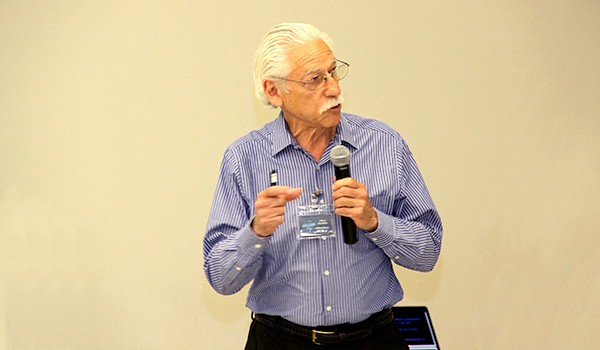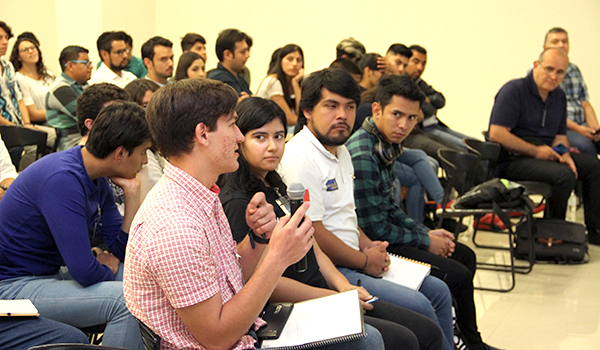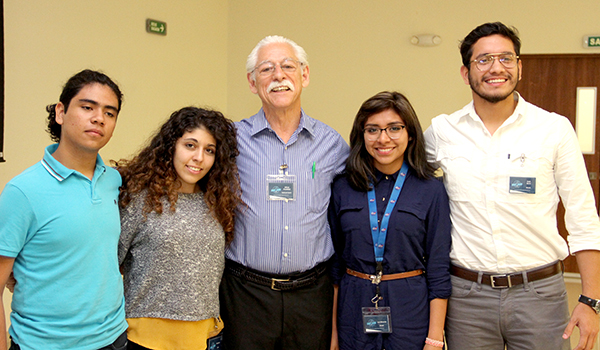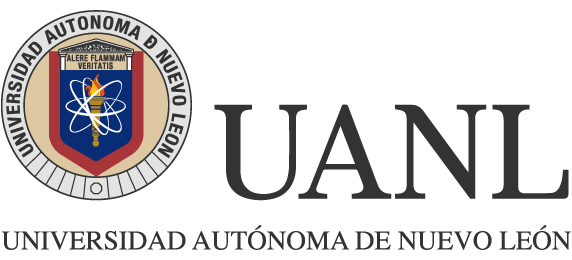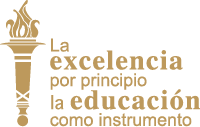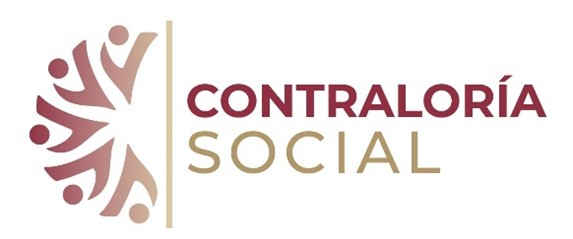Share:
Space robotics competition begins
In the 1970s, two Russian lunar rovers called Lunokhod 1 and 2 landed on the Moon. And Over two decades later, the American rover Sojourner landed on Mars as part of the Pathfinder mission. However, it would be an outstanding achievement if the next lunar or Mars rovers were now made in Mexico.
The UNAM’s Institute of Astronomy and the Mexican Space Agency plan to accomplish this by means of the national competition “Towards a Moon Base”. This is the first competition of its kind in Mexico, it has no ties to a space agency, and the initiative was proposed by Mexicans.
This year’s edition
More than 300 students participated in 56 teams during the first stage of the competition, which took place at the School of Physics and Mathematics. Up to three members from each team went to the Center for Internationalization to learn about the competition, each project, objectives, and scoring.
The second stage will be held in the city of Puebla in October, where the 20 best projects will move on to the prototype finals. The third and final stage will take place in the city of Ensenada in March 2020.
UNAM researcher and competition’s director Aida Nava said that the teams are made up of three to seven students. Teams with six and seven members must have one and two female participants, respectively. Furthermore, at least one team member must speak and write in English and all team coaches must have an undergraduate degree.
Robots with a difficult task
In terms of actual work, Nava mentioned that robots should weigh about 110 pounds and be remote-controlled from an operations room. The robot’s mission is to pick up special rocks from a lunar-like terrain of 9,700 square feet.
“The robot has to pick up rocks of 2.20 pounds from three different spots, transmit photos, establish route maps, and measure temperature, inclination, and mass. For the task, each team will be given 15 minutes; then, they’ll have a simulated “failed mission” alert where we’ll block communication to see if they can get the robot back”, she explained.
Additionally, Alfred Anzaldua, chairman of the National Space Society, David Cheuvront, test technician of the International Space Station and NASA retiree, and Rodrigo Romo, program director of the Pacific International Space Center for Exploration Systems, presented important technological advances in space projects.
Other participating institutions were UPAEP, the Instituto Nacional de Astrofísica, Optica y Electronica, UNAM, Universidad Autonoma de Baja California, and the Mexican Space Agency.
Posted by: Department of Press
